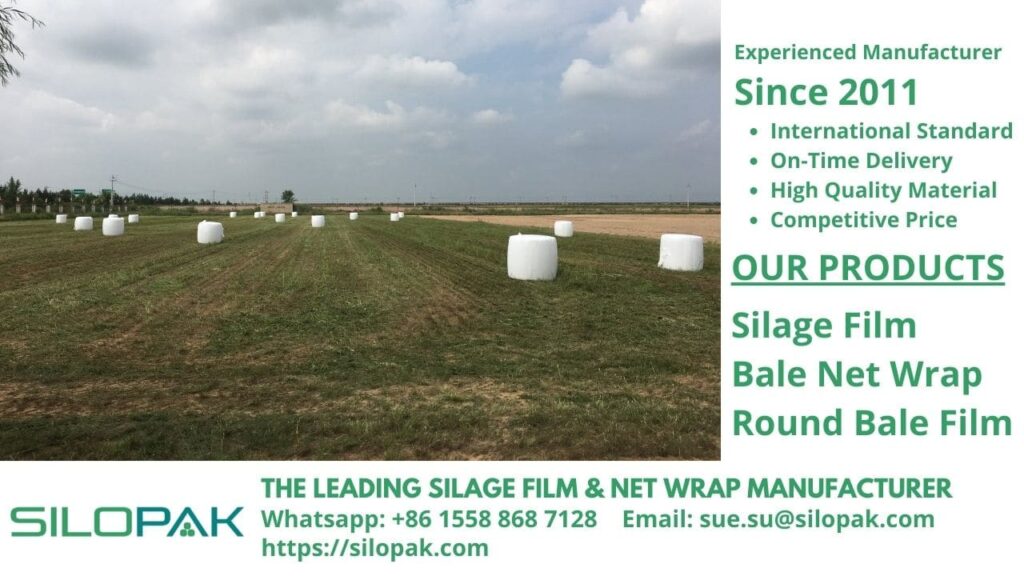
Are you familiar with this bacteria? Lactic acid bacteria are a type of gram-positive bacteria in the form of rods or cocci (chains) that live in conditions without oxygen (anaerobic) and can grow in the temperature range of 5 – 50° C. These bacteria are often found in juice, milk, yogurt, cheese, and various food products such as sausages, kimchi, bread, and others.
Lactic acid bacteria can be found in various places and can be associated with living organisms such as the cavities of the digestive systems of humans and animals, in plants such as fruits and vegetables, and can be found in the remains of food waste disposal. The most widely used types of lactic acid bacteria are Streptococcus sp., Pediococcus cerevisiae, Leuconostoc sp., and Lactobacillus sp.
Recent facts show that lactic acid bacteria are the most widely used group of microorganisms in the production of various fermented foods and beverages, both dairy and non-milk products. The use of these bacteria has been carried out globally, such as in fermented milk products, meat, fish, silage, fruits, cereals, juices, and vegetables.
contents
Lactic Acid Bacteria Benefits for Human & Livestock
Lactic Acid Bacteria can produce lactic acid, antimicrobials, hydrogen peroxide, and other metabolic products that provide good benefits to the human body. The antimicrobial effect of lactic acid bacteria can improve the digestive system, prevent constipation, inhibit the growth of cancer cells and tumors, stimulate the immune system, and inhibit the activity of various toxic compounds in the body.
In the animal husbandry sector, fodder that contains high fat can cause high cholesterol content in the food. The benefits of probiotics are very important in neutralizing toxins from pathogenic bacteria, increasing the growth of beneficial bacteria, inhibiting the colonization of pathogenic bacteria in the small intestine wall, helping to activate enzymes in the small intestine, and cholesterol assimilation, which can improve livestock performance.
Lactic-origin bacteria are also isolated to produce antimicrobial substances that can be used as probiotics. Probiotics can also digest protein, fat, and crude fiber in the digestive system and can lower the intestinal pH to an acidic condition.
The use of lactic acid bacteria probiotics in livestock can support the productivity of livestock such as increasing the microbial balance in the digestive system, suppressing the formation of toxins and carcinogenic substances, stimulating the production of digestive enzymes, reducing pathogenic microbial infections, and increasing livestock weight gain.
The by-products of the metabolites produced by these bacteria also have anticancer, antidiabetic, antimicrobial, and antihypertensive properties. Antimicrobial properties can potentially be a natural food preservative, one of which is as a preservative for animal feed silage. The utilization of lactic acid bacteria is also proven to provide added value to livestock products such as cheese, yogurt, sausages, and other fermented foods.
Lactic Acid Bacteria Advantages
Some of the advantages that lactic acid bacteria have compared to other types of bacteria are having high adaptability, high efficiency, very abundant microbial availability, relatively inexpensive utilization costs, and can be used for small and large industries.
Development of animal feed products with the addition of probiotics from lactic acid bacteria can be an alternative in increasing livestock yields without the need for antibiotics which prevent livestock from being attacked by pathogenic microorganisms.
The use of lactic acid bacteria in animal feed can also contribute to the environmental balance. This is because lactic acid bacteria can nourish animal digestion and reduce methane gas emissions produced by livestock.
The results showed that the use of lactic acid bacteria as a mixture could improve the performance of livestock and prevent diseases caused by pathogenic bacteria. Research on lactic acid bacteria needs to be developed further to get the best results and can be a promising innovation in the field of animal husbandry.
Profitable Feedstuff Silage
Farm animals need optimal nutritional intake to increase milk and meat production. However, the rumen of farm animals has a very limited capacity. Therefore, it is necessary to produce safe, healthy, and high-quality fodder. Silage is a type of ruminant feed that is easy to obtain and has low production costs. Silage is much sought after by breeders during the cold season and dry seasons because of the limited grass that grows in that season.
Grass silage is a grass that is harvested from the fields, then dried to a moisture content of 60%, and cut into small pieces. Then this grass goes through a fermentation process with the help of anaerobic bacteria and is packaged in airtight plastic containers such as drums or silos.
The process of making this silage involves lactic acid bacteria that live in pH 4 (acid conditions).
The fermentation process requires a tightly closed container to allow optimal growth of anaerobic bacteria and prevent the growth of unfavorable bacteria and fungi.
Modern Livestock Industry Potential
The world livestock industry continues to increase every year. This sector contributes to increasing food security and agriculture and reducing global poverty rates. Moreover, the increase in population growth rates, changes in eating patterns, and an increase in the number of incomes have driven the high demand for animal protein such as milk, meat, and eggs. According to FAO data, the livestock sector contributes 40% of the global value of agricultural output and supports the livelihoods and food security, and nutrition of nearly 1.3 billion people.
The livestock processing industry depends on this sector, such as packaged milk, cheese, yogurt, and processed meat. Seeing these facts, the livestock sector is considered the leading supplier in the industry. The livestock business is quite promising if the entrepreneur can make good use of the farm business and earn big profits. The high demand for the livestock sector certainly also encourages increased production and quality of animal feed to stock up on food reserves when climatic conditions are unfavorable.

